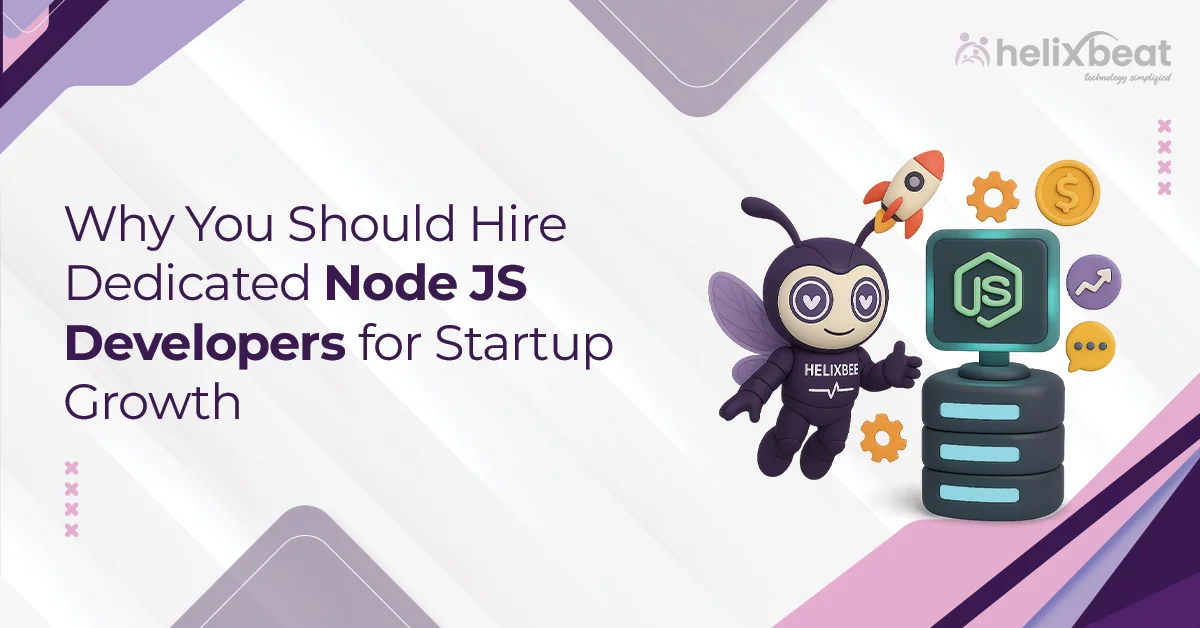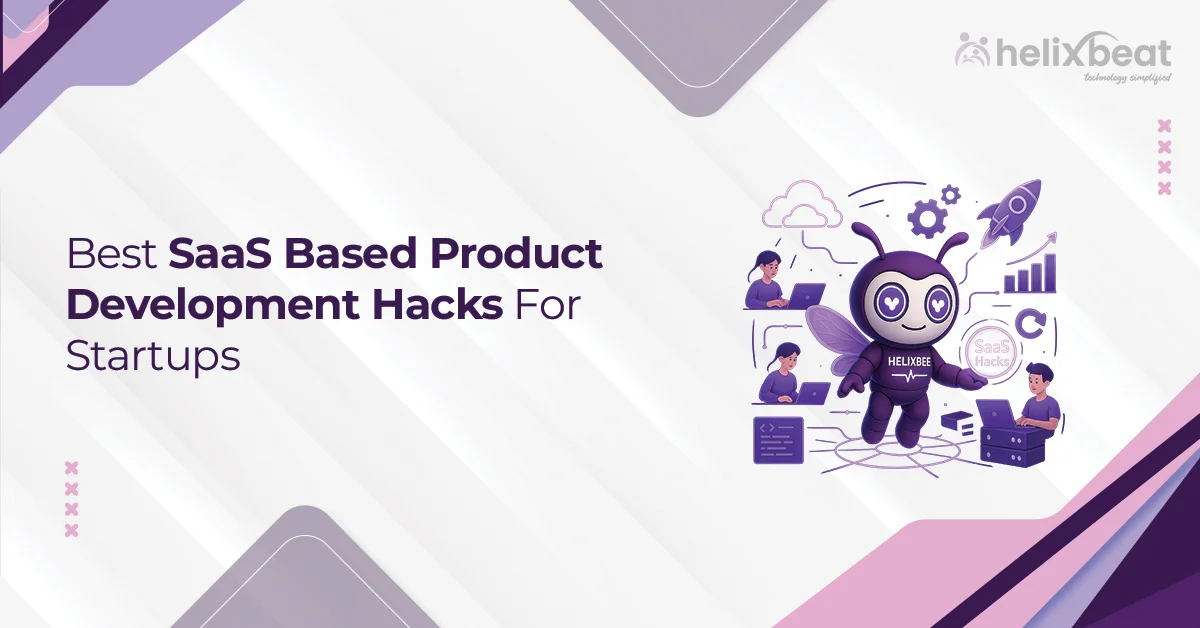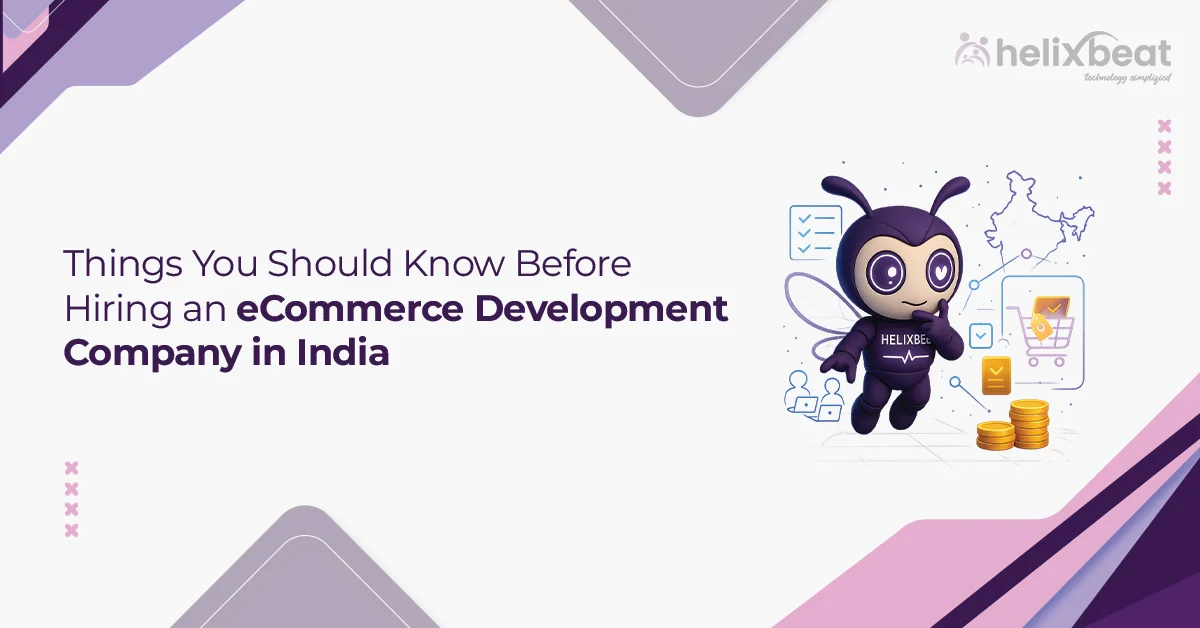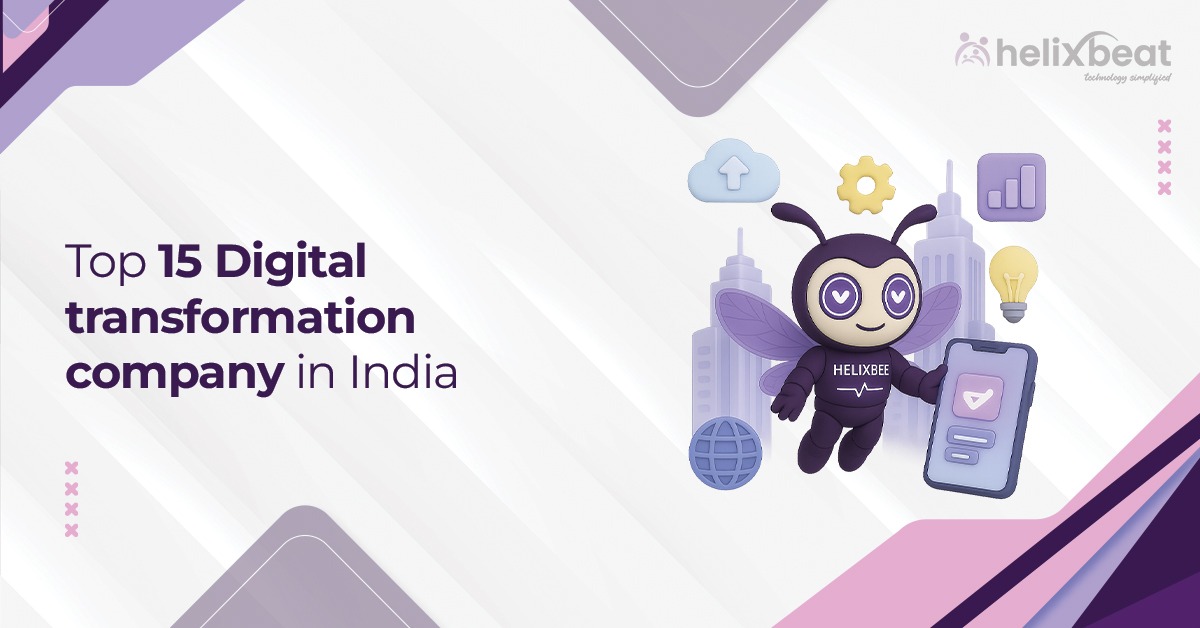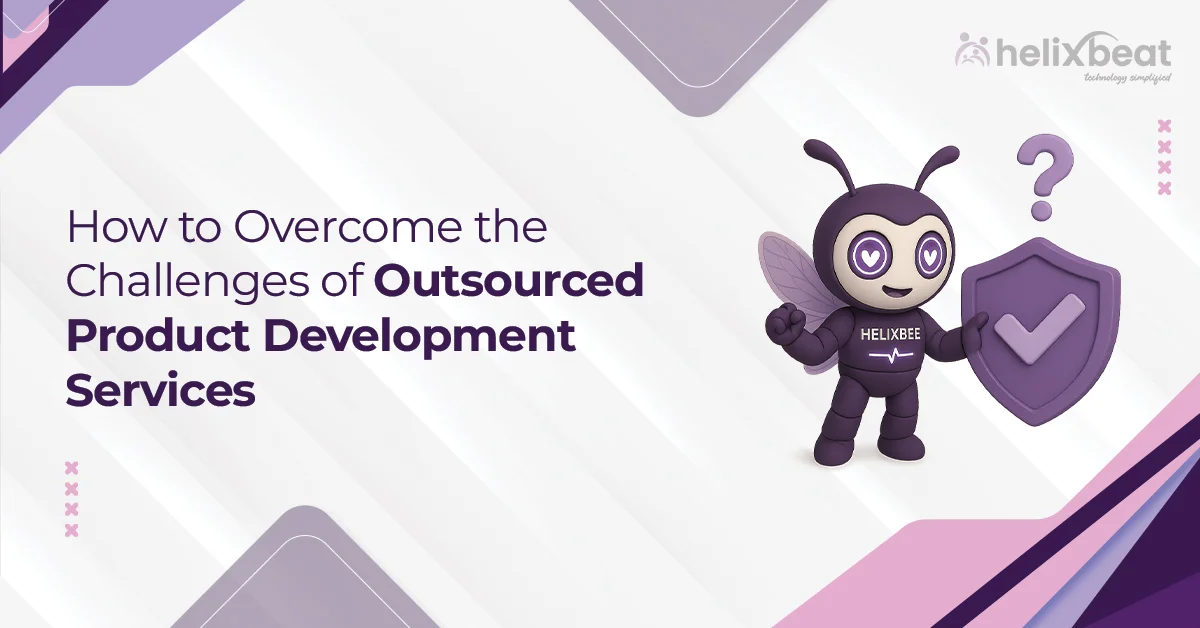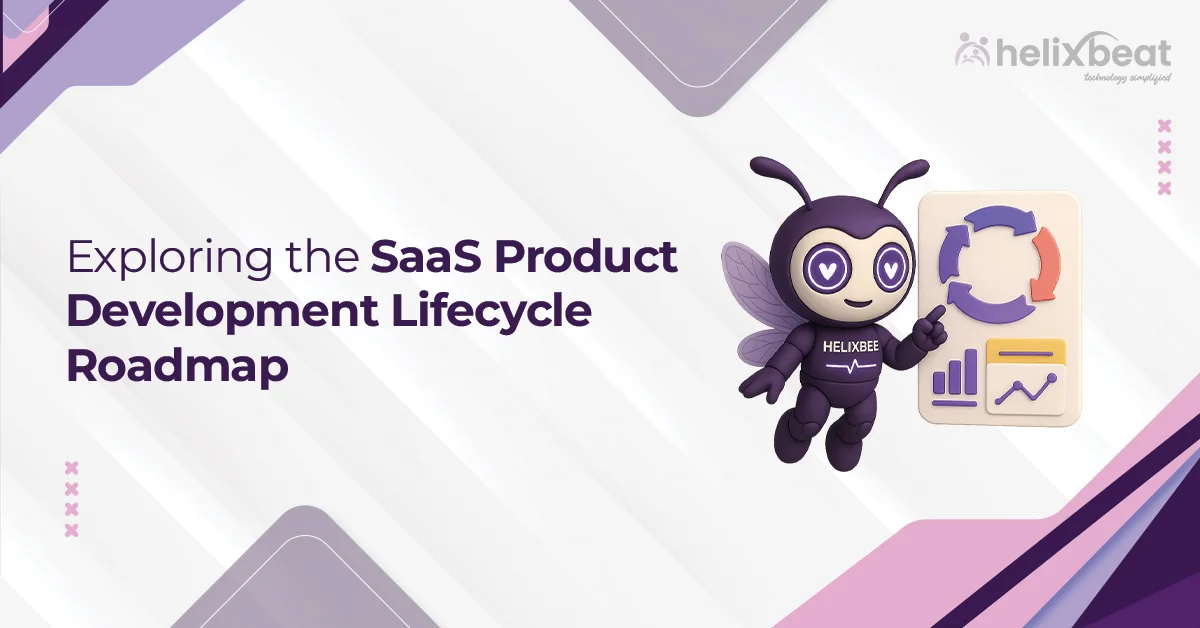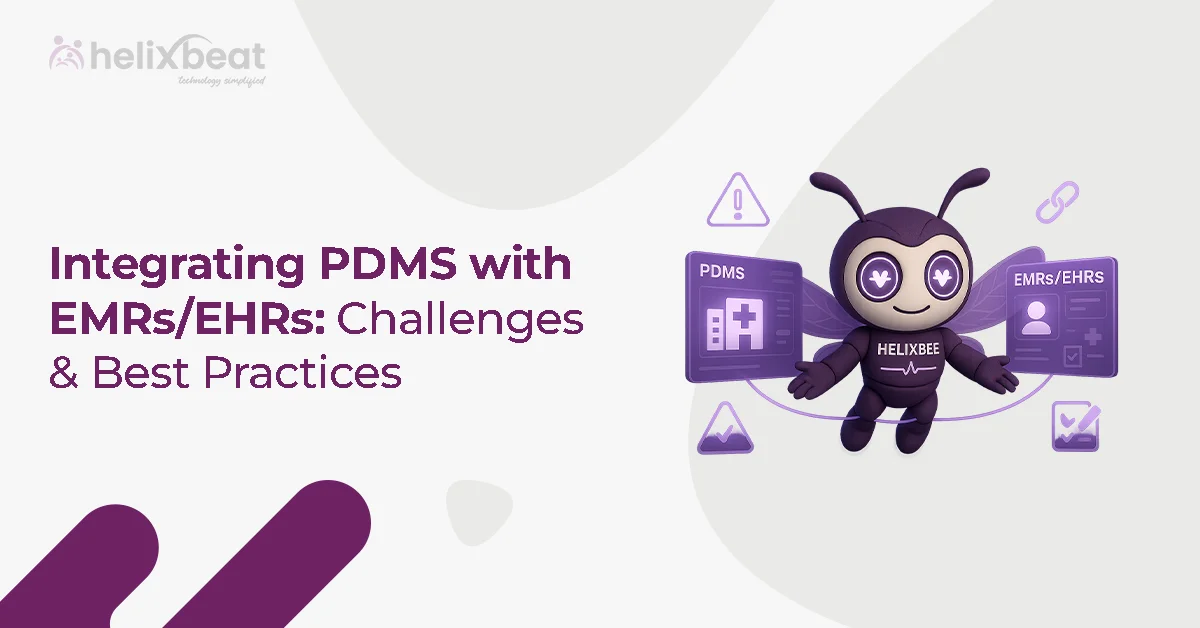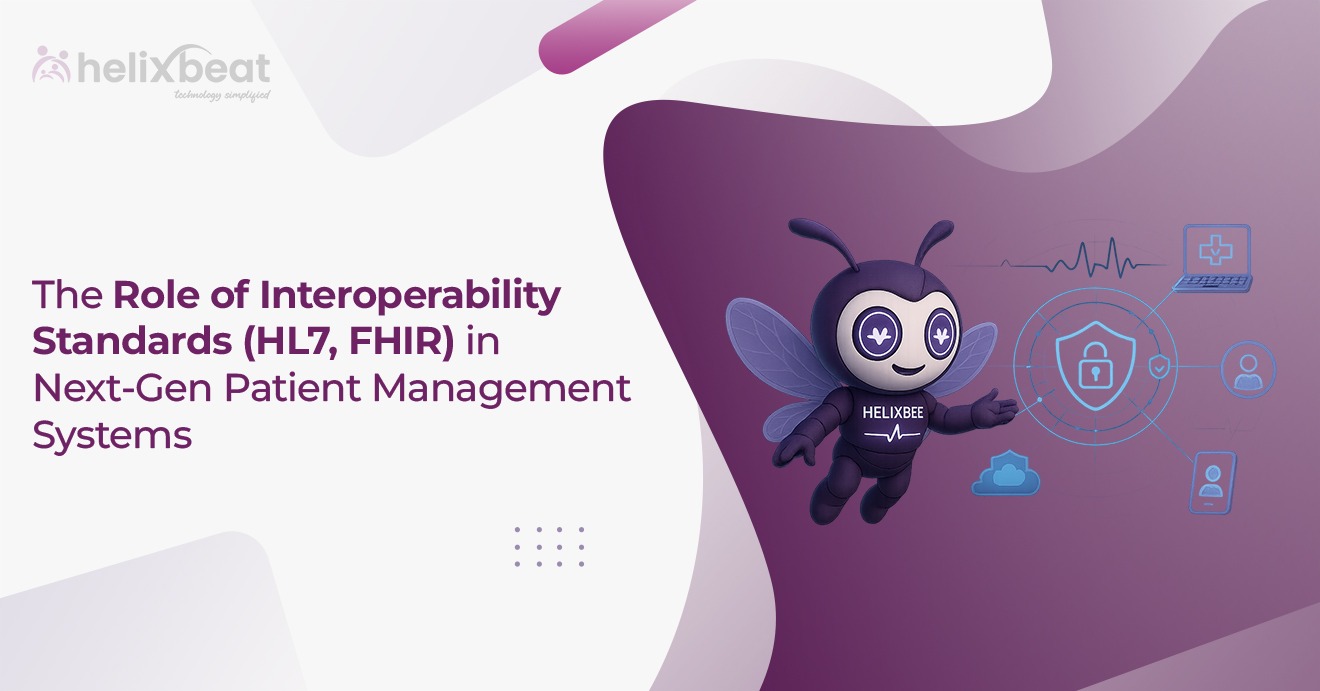Did you know that 42% of startups fail because there’s no real market need for their product? This statistic highlights a major problem that many entrepreneurs face: spending too much time and money building something that fails to connect with customers.
For many businesses, the journey from idea to product launch is marked by delays, additional costs, and uncertainty, which can result in missed opportunities.
One way to avoid these issues is through MVP (Minimum Viable Product) software development. By focusing on the core features that solve the primary problem for your users, you can quickly test your product, gather feedback, and make improvements.
This method saves time, reduces the risk of failure, and helps businesses launch products that people actually want. With MVP development services, entrepreneurs can launch their product quickly and at a minimal cost.
Let’s see how building an MVP can save time in product development.

Table of Contents
What Happens When You Delay a Product Launch
Delaying a product launch, especially without MVP software development, can increase costs and allow competitors to take the lead. You also miss the chance to gather early user feedback, which is crucial for refining your product and ensuring it meets market needs.
1. Why Delays Lead to Higher Costs
Delaying a product launch means incurring additional expenses. For example, if you’re launching a new app but the launch gets pushed back by three months, you’ll have to keep paying for the team to keep working, whether it’s developers, marketers, or customer support. This extra time results in additional costs, making the entire project more expensive than initially expected. Using MVP software development could help mitigate this by launching with core features faster, avoiding unnecessary delays and costs.
2. How Delays Can Cause You to Miss Market Opportunities
If you delay your launch, you may miss the ideal opportunity to introduce your product. Let’s say you’re launching a fitness tracker right before the New Year, when everyone is focused on fitness goals. If your launch is delayed, someone else might beat you to it, and you’ll lose the chance to grab your audience’s attention at the best time. With MVP software development, you can launch earlier with essential features, ensuring you don’t miss these valuable windows.
3. The Impact of Delays on Customer Excitement
When you keep pushing back your launch, customers who were excited might lose interest. For example, if people were eagerly waiting for a new gadget but it gets delayed several times, they might get frustrated and look for other options. By the time your product finally launches, those customers may have moved on, and it can be hard to get their excitement back.
5 Ways to Build an MVP That Will Save Your Time
1. Prioritize Core Features Based on User Value
The first step in building an MVP is identifying the core features that deliver the most value to your target users. Rather than trying to include every possible feature, focus on solving a specific problem.
- Utilize Customer Feedback: Leverage feedback from real users to determine which features are most important.
- Market Research: Analyze your competitors to identify market gaps and prioritize features that address these gaps.
- Start with Essentials: For example, in a food delivery app, begin with basic features such as order placement, payment integration, and tracking. Leave advanced features, like personalized recommendations, for later versions.
By focusing on high-impact features, you minimize wasted time and reduce the risk of building something users don’t need. Launching early with core features enables you to gather feedback and improve the product more quickly.
2. Adopt Agile Development Practices
Agile methodologies, like Scrum or Kanban, are essential for speeding up MVP development.
- Iterative Development: Break down the development process into manageable sprints, with each sprint focusing on delivering a key feature.
- Continuous Testing: Test each feature as it’s developed to identify and resolve issues quickly.
- Quick Adjustments: Agile enables you to make adjustments to the product based on user feedback during each sprint, keeping the development process aligned with user needs.
With this approach, you avoid building unnecessary features and focus on improving the MVP based on real-time feedback.
3. Leverage Low-Code or No-Code Platforms for Faster Prototyping
Low-code and no-code platforms are excellent tools for rapidly prototyping your MVP.
- Rapid Prototyping: Tools like Bubble, Webflow, and Adalo let you quickly build functional applications without extensive coding knowledge.
- Speed Up Development: These platforms allow you to focus on building core features and test ideas with users quickly.
- Future Scaling: Once the MVP is validated, you can transition to more complex custom development for scaling.
Using these platforms, you can launch your MVP more quickly and begin gathering valuable user insights early in the development process.
4. Focus on Seamless User Experience (UX) Over Design Complexity
An MVP should prioritize a clean and functional user experience over a complex design.
- Simplicity: Focus on a user-friendly interface that enables users to complete core tasks with ease.
- Minimal Design: Don’t spend time perfecting intricate design elements. Keep it simple and intuitive.
- Responsive Design: Ensure the MVP works smoothly on various devices to reach a broader audience.
By focusing on usability, you save time on unnecessary design work and make the product easier to test with real users.
5. Utilize MVP Development Services to Streamline the Process
Outsourcing your MVP development to experts can significantly speed up the process.
- Industry Expertise: MVP development services specialize in building lean products quickly, allowing you to skip trial-and-error stages.
- Cost and Time Efficiency: Hiring experienced developers helps you avoid common mistakes and launch faster.
- Focus on Strategy: With technical aspects handled externally, your internal team can focus on business strategy and customer acquisition.
Using MVP development services enables you to leverage expert knowledge, enabling your product to reach the market faster and with fewer complications.
By implementing these strategies, you can efficiently build an MVP that saves time, reduces costs, and increases your chances of a successful product launch.
How Building an MVP Can Save Time in Product Development
Building an MVP through software development helps streamline the process by focusing on core features and getting your product to market faster. Instead of wasting time on unnecessary features, an MVP allows you to test your ideas with real users quickly. This approach not only saves time but also reduces the risk of developing a product that doesn’t meet market needs. Here’s how building an MVP can save you time:
- Faster Market Validation: Get real user feedback quickly to confirm if your idea resonates with the market.
- Reduced Development Time: Focus on essential features, minimizing unnecessary development efforts.
- Lower Risk of Wasted Resources: Avoid building features that customers may not need or want.
- Improved Iteration Speed: Quickly implement improvements based on user feedback, enabling faster iterations.
- Increased Focus on Core Functionality: Streamline the product to deliver the most important features first, improving focus and speed.
Case Study: How MVP Development Saved Time for a SaaS Company
A SaaS company developing a project management tool faced delays due to the complexity of their full-featured product. After deciding to pivot to an MVP approach, they focused on the core features:
- Task management
- Basic collaboration
- Time tracking.
This allowed them to launch in just three months, cutting their original six-month timeline in half. As a result, they quickly gathered valuable user feedback, which showed that 80% of their target audience valued task management and time tracking the most.
This feedback enabled them to prioritize future features based on actual user needs, saving both time and resources, and ensuring they were on the right track with their product development.
To Sum Up
Building an MVP is a smart strategy for businesses looking to save time and resources while ensuring their product aligns with market needs. MVP software development focuses on essential features and gathering early user feedback, allowing companies to minimize risk and iterate faster.
If you’re looking to launch your product quickly and effectively, Helixbeat’s product development services are here to help. With our expertise in building scalable, user-focused MVPs, we can guide you through the development process, ensuring a smooth and efficient path to market success.
Let us help you build solid product from scratch. Contact us today to get started.
FAQ:
1. What is MVP software development?
MVP software development refers to creating a Minimum Viable Product—a version of the product with only the core features necessary to meet the needs of early adopters. The goal is to test the product concept quickly, gather feedback, and iterate based on real user insights, all while minimizing development time and costs.
2. What does MVP stand for in agile?
In Agile, MVP stands for Minimum Viable Product. It is a concept that emphasizes building just enough of a product to test the core idea with users. The MVP is used to validate assumptions, minimize waste, and get early feedback to guide further development.
3. What are the three elements of MVP?
The three key elements of an MVP are core features, user feedback, and iterative development. Core features solve the primary problem, while user feedback validates the product’s value. Iterative development allows for continuous improvement based on real user insights.
4. How to build MVP fast?
To build an MVP fast, focus on essential features, use no-code or low-code tools for quick prototyping, and adopt agile practices for rapid feedback and iteration. Consider outsourcing to speed up development and minimize delays.
5. Why do entrepreneurs give importance to MVP software development?
Entrepreneurs prioritize MVP software development to validate their product idea quickly, minimize risks, and save time and money by focusing on core features. It allows them to gather real user feedback early, ensuring they build something that truly meets market needs.



